Are aluminium windows better than uPVC? Fenestration experts agree one offers major benefits over the other, but with a significant drawback
If you're torn between these two popular window frame materials, we've compared the pros and cons
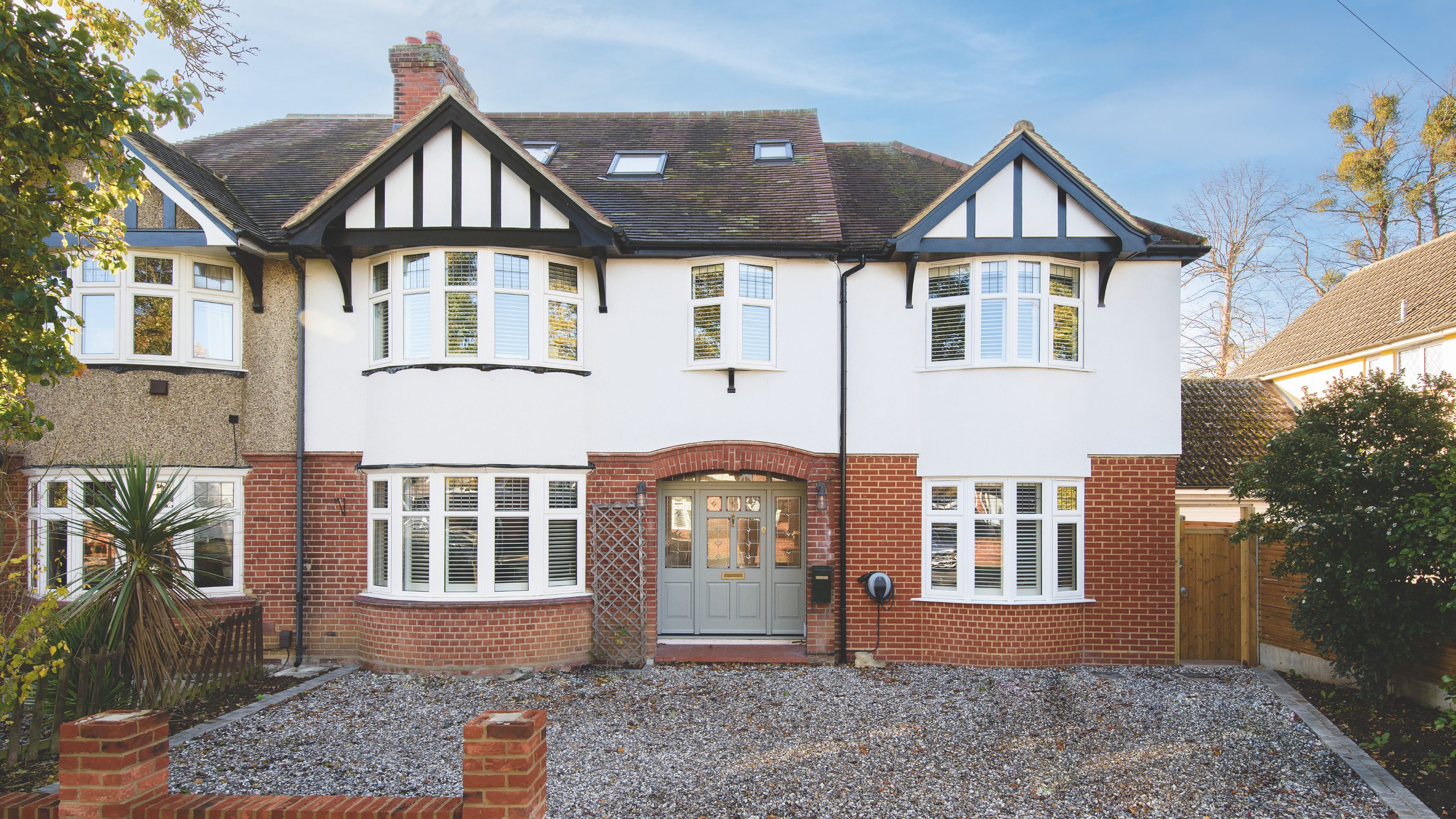

If your home needs new windows or you’re extending, considering the merits of uPVC vs aluminium windows is likely on your agenda.
Replacement windows of both materials are widely available and, if you’re replacing old glazing, windows made with either frame can bring the benefits of a warmer home and lower bills. Both are available for many types of window, too.
But uPVC and aluminium windows each have pros and cons that it’s important to weigh up to make the best choice for your home and, here, we’ve set them head to head, so you have the knowhow to decide.
What’s the difference between uPVC and aluminium windows?
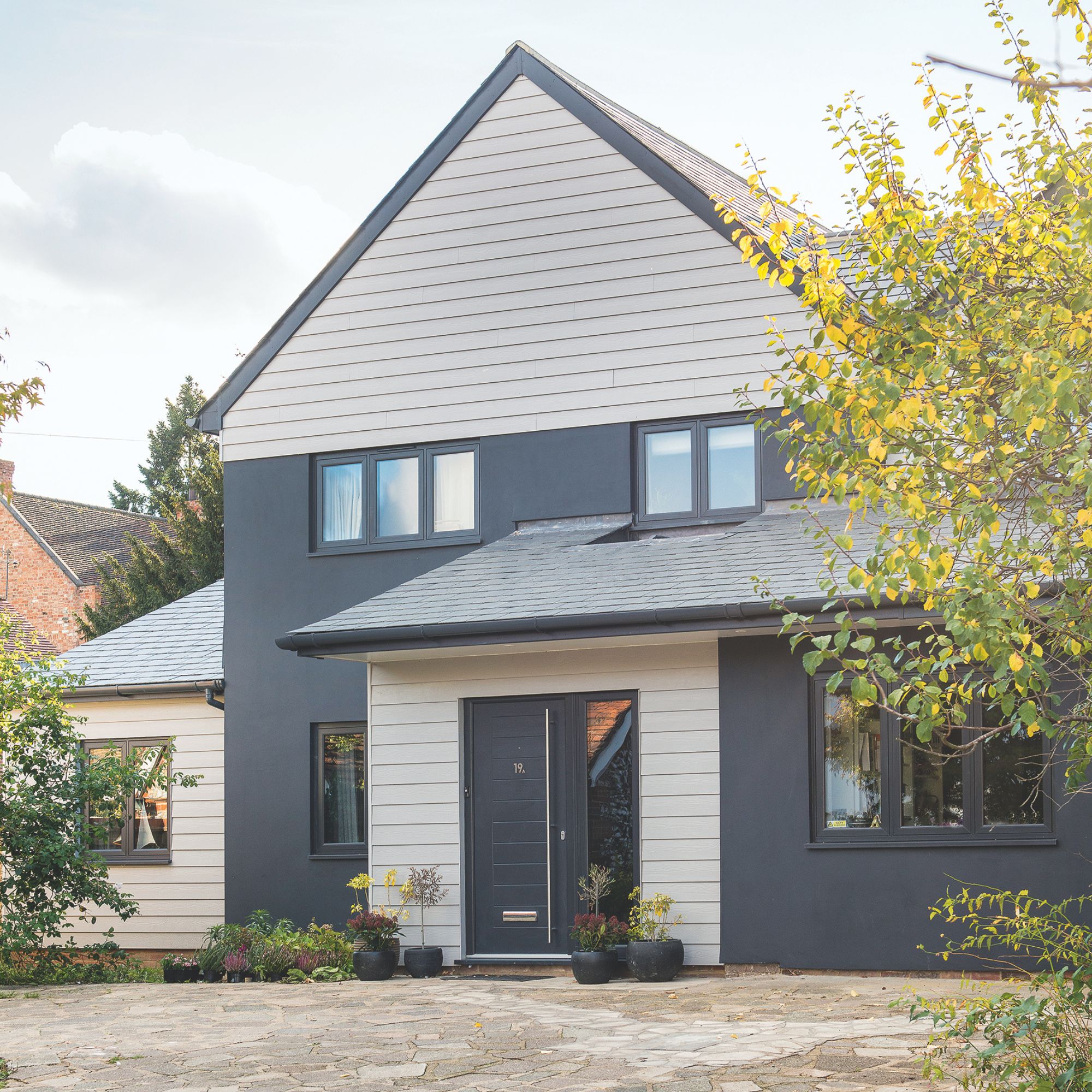
Both uPVC and aluminium windows can be sound choices for your home, but these are the differences between the two material options from cost to lifespan.
Pros of uPVC windows
- Cost: uPVC windows are likely to prove a less expensive option for a home compared to aluminium and this can mean a considerable saving when you’re installing windows in the whole house.
- Low maintenance: Easy to look after, the frames, like the panes of uPVC windows, can be cleaned with warm soapy water after you’ve removed any loose dirt with a cloth or soft brush or hosed them down.
- Suitability: uPVC windows are an option for a wide range of homes, but they might not be allowed in a conservation area and are typically not acceptable for a listed building.
- Styles: You can opt for casement, sash and bay windows in uPVC as well as tilt and turn designs.
- Thermal performance: High quality uPVC windows with double or triple glazing are thermally efficient.
- Installation is typically straightforward, but be sure to find a pro via FENSA.
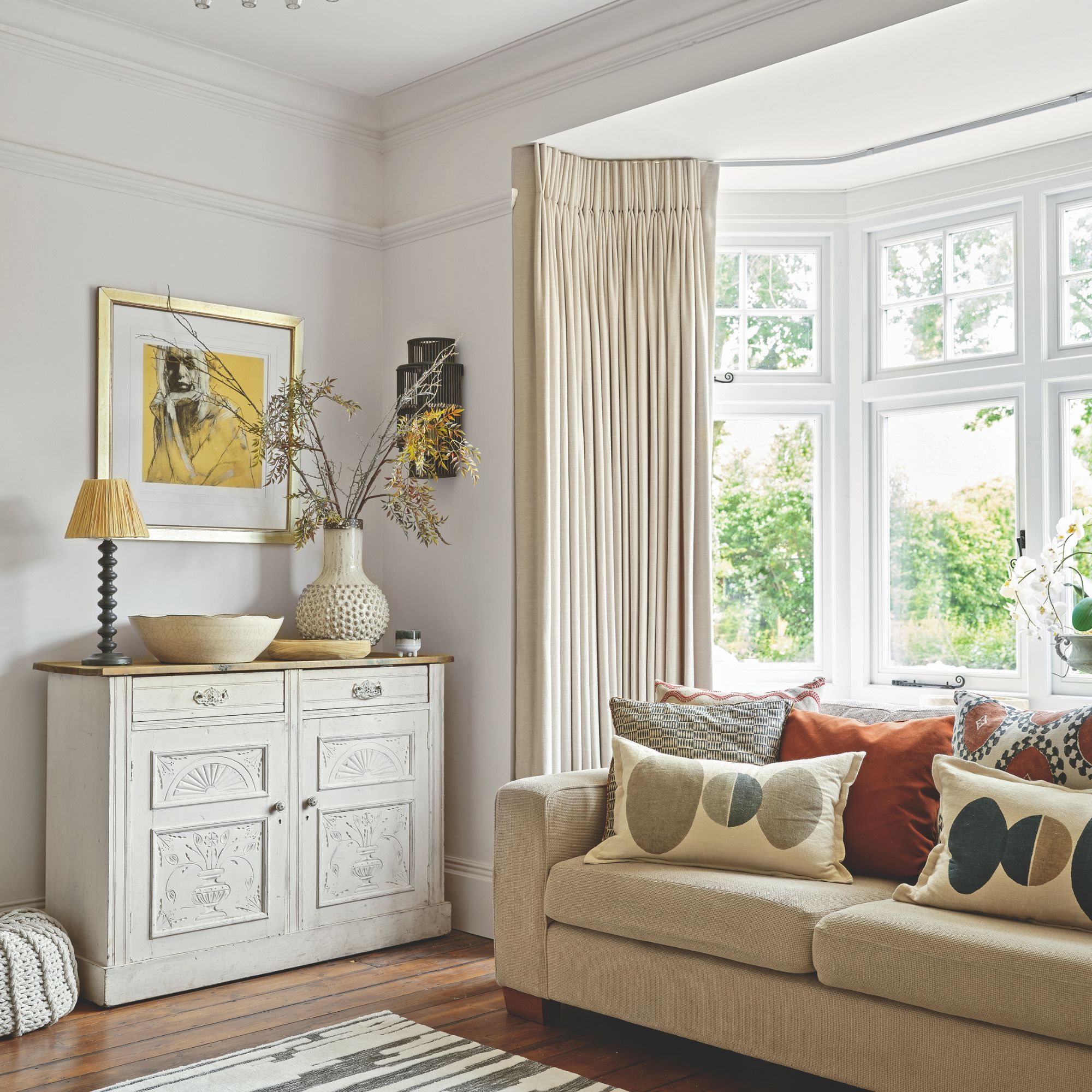
Cons of uPVC windows
- Longevity: Shorter than aluminium windows at around 25 years. Can discolour over the long term.
- Finishes: Fewer options than aluminium but white, a range of colours and wood-effect are on offer.
- Sightlines: Thicker frames that are more obvious from inside and out.
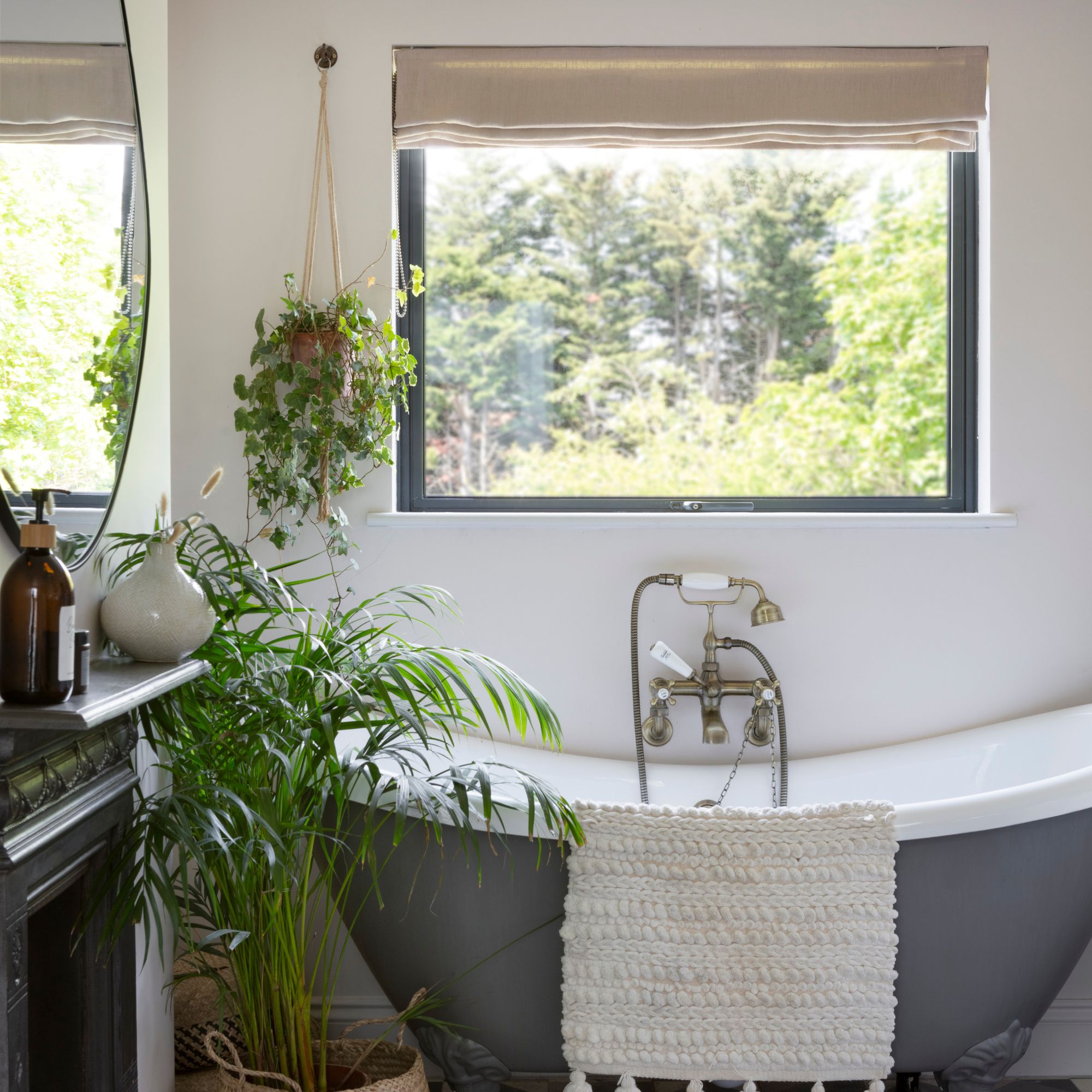
Pros of aluminium windows
- Low maintenance: Aluminium is easy to care for and resistant to warping and corroding.
- Thermal performance Aluminium windows can offer good thermal performance. ‘But it depends on the product and manufacturer,’ explains Victoria Brocklesby, COO at Origin. ‘Aluminium itself isn’t inherently a thermally efficient material, so it requires high performance thermal breaks and weathertight seals to provide thermal efficiency.’
- Longevity: Exceeds uPVC at 30 to 45 years.
- Finishes: Number of colour options (also available for aluminium front doors) far exceeds uPVC.
- Suitability: Complement a variety of homes. May be acceptable for conservation areas as metal replacement and can be appropriate for some listed buildings. ‘Many period properties originally used steel windows and aluminium can be used to re-create this look,’ explains Matt Higgs, managing director of Klöeber UK. ‘Metal windows have been used since the late 1700s and continue to be used today.’
- Styles: Casement, sash, bay and tilt and turn. Aluminium frames can support larger panes of glass than uPVC to create sizeable picture windows.
- Sightlines: Narrow, maximizing views and daylight.
- Installation: A pro can put them in quickly.

Victoria Brocklesby is the COO and co-founder of Origin, manufacturer of aluminium windows and doors. Alongside her cousin, Neil Ginger, Victoria established the company in 2002 at just 21 after recognising a gap in the market for high quality bi-folding doors. Victoria’s window expertise comes from creating Origin’s bi-fold door system, and developing the product offering over 23 years.
Cons of aluminium windows
- Cost: The downside of aluminium windows compared to uPVC is their higher price, which may exceed some budgets.
Are aluminium windows more expensive than uPVC?
Typically, you will pay more if you opt for aluminium windows rather than uPVC whether you pick them for the whole of your home or when you are building an extension. While costs will depend on the individual window type you select as well as whether you opt for double or triple glazing, going for aluminium might increase your bill by around 25 per cent or more.
However, factor in the lifespan of the windows – longer in the case of aluminium – and although more expensive initially, they can prove better value in the long term.
Which are better – aluminium or uPVC windows?
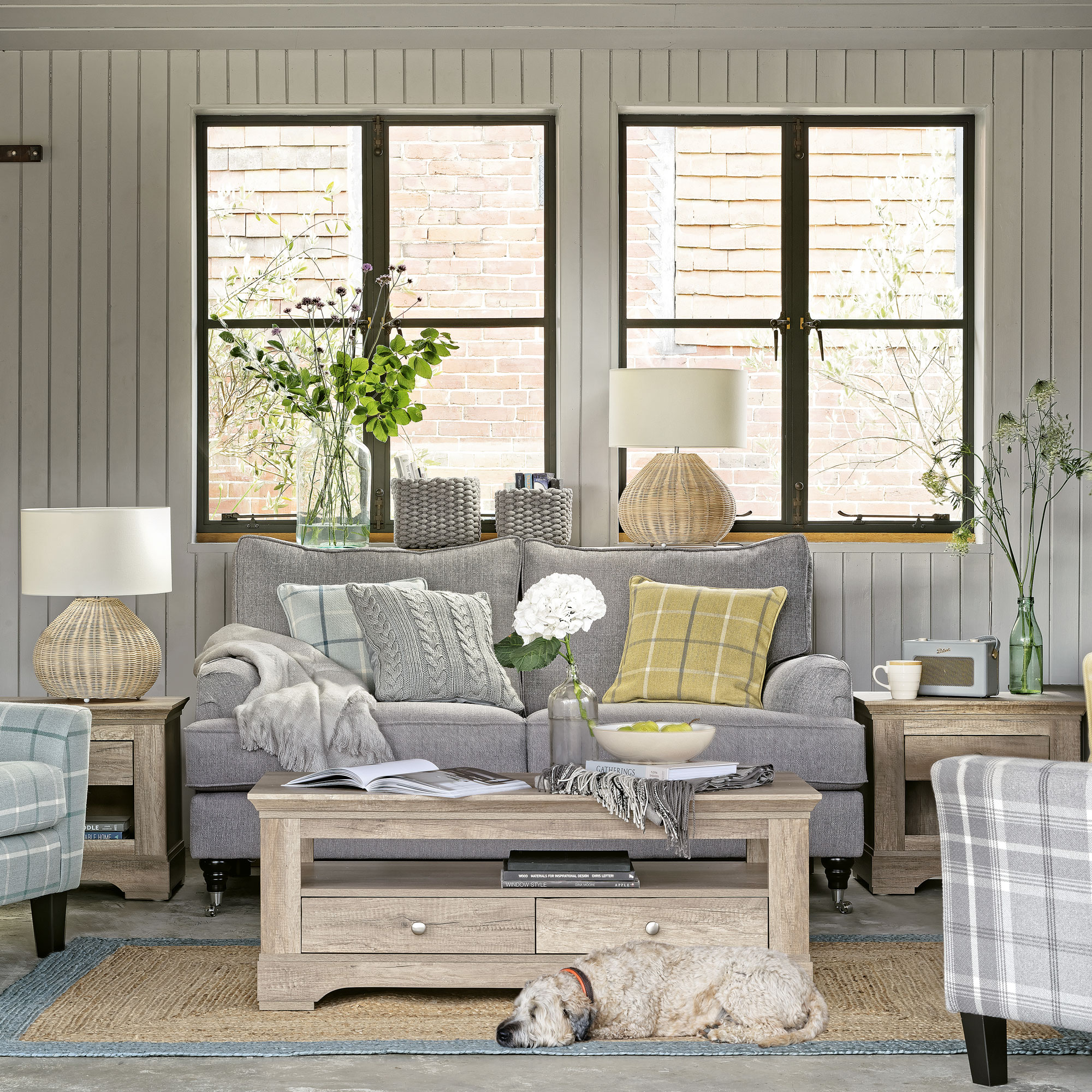
Both uPVC and aluminium windows can help keep your home warm and bills as low as possible. But if reducing your spend is a priority, uPVC will be preferable. Plan to stay put in your home for many years? Aluminium windows offer longer lifespans, rewarding the initial bigger investment they require.
Get the Ideal Home Newsletter
Sign up to our newsletter for style and decor inspiration, house makeovers, project advice and more.
Aluminium windows’ longevity is also a plus point in environmental terms as is the fact that aluminium can be recycled, and recycling rates of the material are high. uPVC is also recyclable, but it frequently ends up in landfill.
To optimise the views out of your home and the daylight coming in, aluminium is better as the frames are slimmer and the strong material can support bigger expanses of glass, too.
What alternatives might you want to consider?
Timber windows are an alternative to both uPVC and aluminium. For some people, the material will always be more aesthetically pleasing and in conservation areas and for listed buildings it may be stipulated by local planners. However, wood windows can cost 50 per cent more than uPVC.
While maintaining wood windows is more demanding than for aluminium and uPVC, if you do prefer it, it’s worth bearing in mind that modern factory finishes mean wood windows can be much less work to care for than they were in the past.
A further option is a composite window, which is made from a combination of materials including timber with external aluminium or uPVC with external aluminium. They offer the benefits of both materials – think timber or uPVC’s thermal insulation with aluminium’s low maintenance. Fibreglass is a further composite option, but one that tends to cost more than other composites.
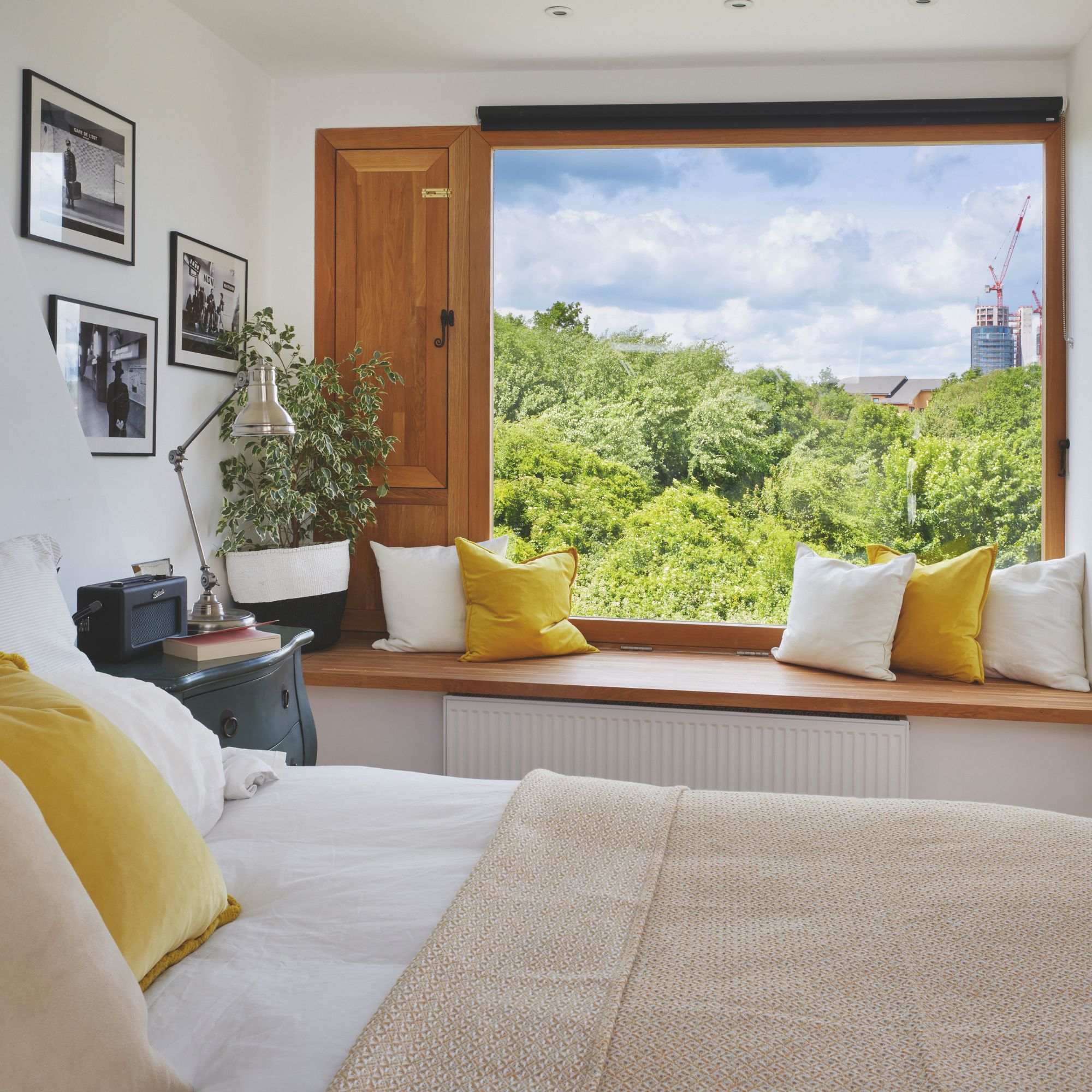
FAQs
Do you still get condensation on aluminium windows?
Condensation did occur on aluminium windows in the past. ‘Aluminum conducts heat and cold easily, allowing moisture to form on the cold surface when warm, moist indoor air came into contact with it,’ explains Matt Higgs.
‘However, modern aluminum windows use thermally broken aluminium that achieves low U-values,’ he says. ‘The thermal break, using a polyamide plastic insert which separates the internal and external parts of the frame, reduces heat transfer and helps prevent condensation. This innovation significantly reduces the likelihood of condensation compared to older, non-thermally broken aluminium windows.’

Matt is the managing director of Klöeber UK. With involvement in manufacture and construction for over 25 years, Matt’s experience includes production management, design, engineering, project/contract management and 14 years advising self-builders, developers and home improvers on doors and windows at Klöeber.
Where can you buy aluminium windows?
- Anglian: casement and bay options
- Everest: casement designs
- Express Bi-folding Doors: provides casement, tilt and turn, bay and picture windows
- IDSystems: range includes casement, picture and corner windows
- IQ Glass: slim casement and oversized window designs
- Klöeber: range includes thermally broken casement, flush casement, tilt and turn, fixed and industrial steel-look aluminium options
- Origin: offers thermally broken casement, bay, gable, picture and bifold windows
- Quickslide: casement and flush casement windows and art deco and traditional heritage aluminium designs
- Sieger: offers slim and flush casement designs, tilt and turn, and industrial steel-framed style
- Thames Valley Windows: contemporary, traditional and industrial steel-style choices
- VuFold: range includes casement, flush casement, tilt and turn and heritage designs
If you're upgrading your windows, you might also want to replace your front door for a cohesive look.

Sarah is a freelance journalist and editor. Previously Executive Editor of Ideal Home, she’s specialised in home improvement, interiors, gardens and property for over 25 years. As well as writing about home improvements including extensions, loft, basement and garage conversions, fitting new kitchens and bathrooms, installing new windows and doors and making eco-friendly upgrades, Sarah has taken on a range of projects in her own homes and she is a serial house renovator.
You must confirm your public display name before commenting
Please logout and then login again, you will then be prompted to enter your display name.
-
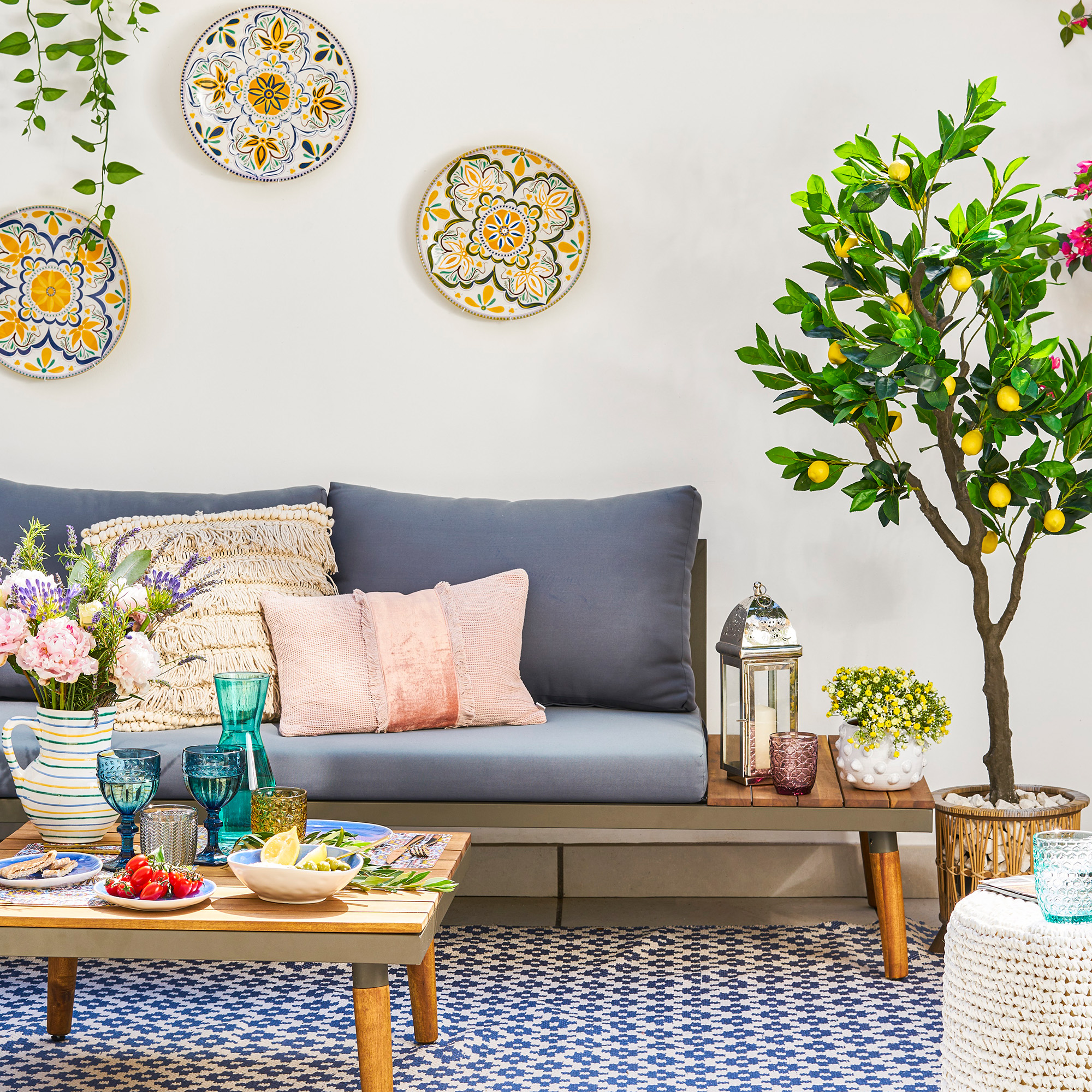 I spent the afternoon looking through Wayfair's garden sale – these are the 6 pieces I'm buying immediately for summer
I spent the afternoon looking through Wayfair's garden sale – these are the 6 pieces I'm buying immediately for summerThese are my must-have garden buys from the sale
By Holly Reaney
-
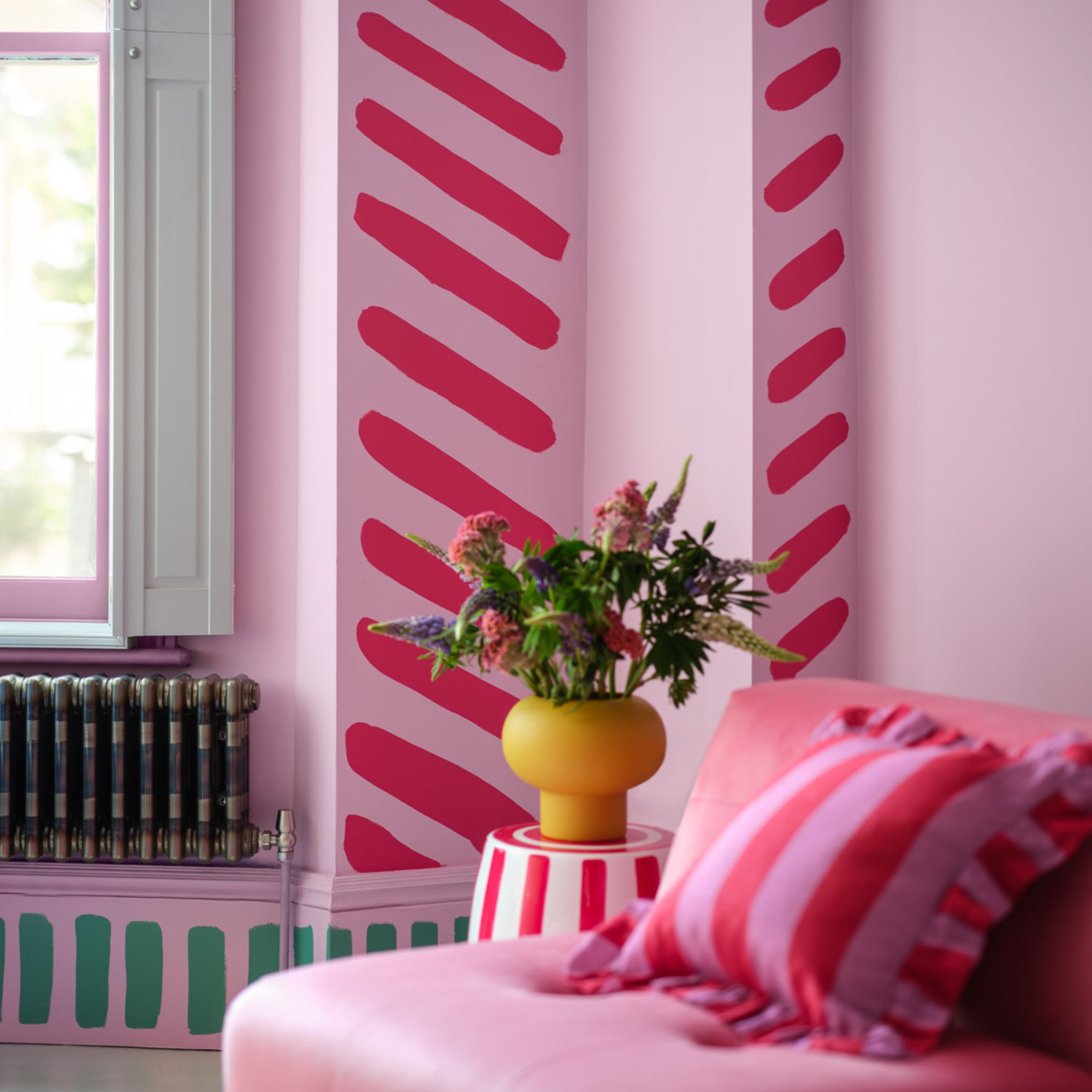 Stripes have got a bold new look – here’s how to make the trend work in your home, according to interior experts
Stripes have got a bold new look – here’s how to make the trend work in your home, according to interior expertsAdd a pop of personality to the classic pattern
By Maddie Balcombe
-
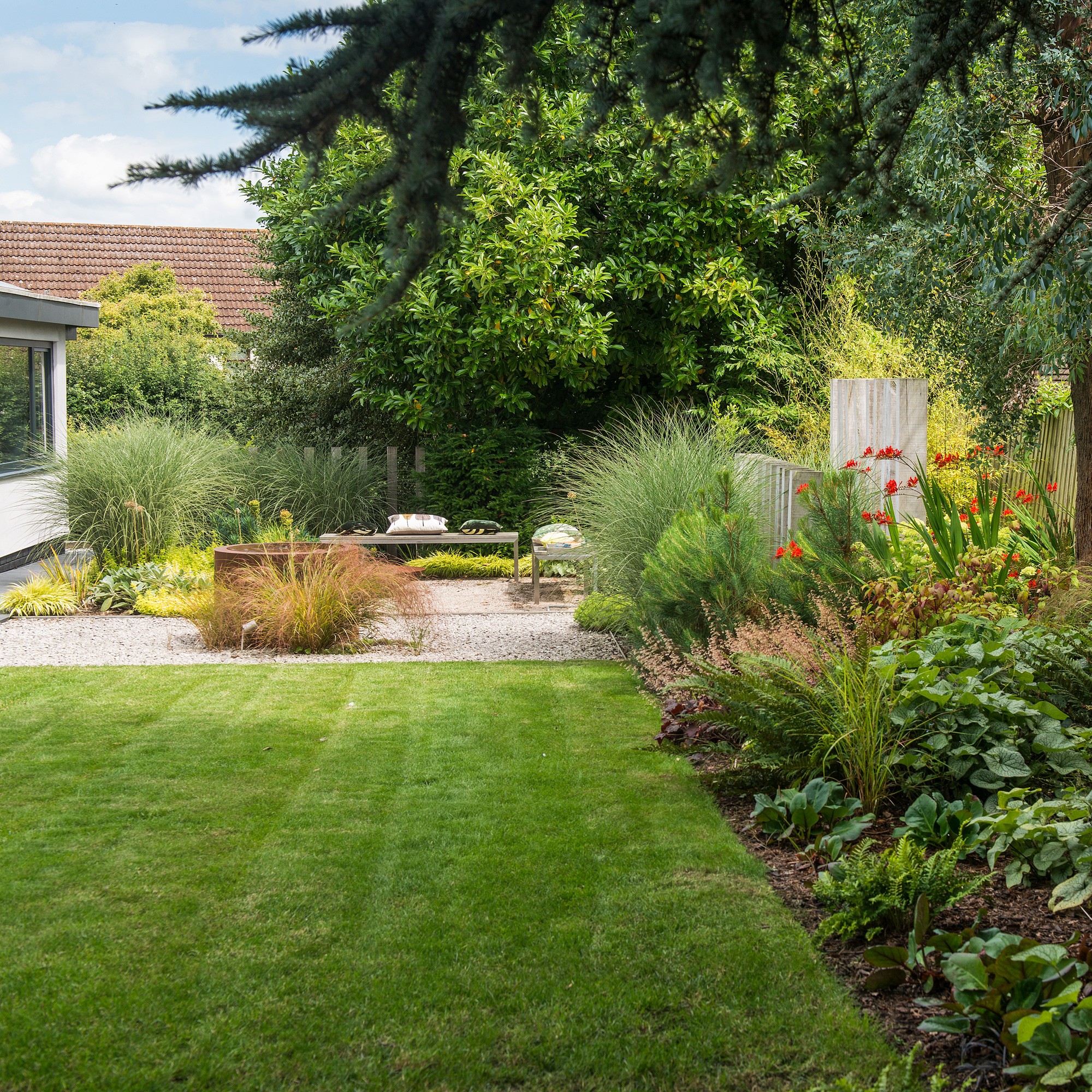 What to do if you've sown the wrong grass seed – experts reveal exactly how to fix it and get your dream lawn back on track
What to do if you've sown the wrong grass seed – experts reveal exactly how to fix it and get your dream lawn back on trackDon't panic! Follow this easy guide to putting it right
By Natalie Osborn